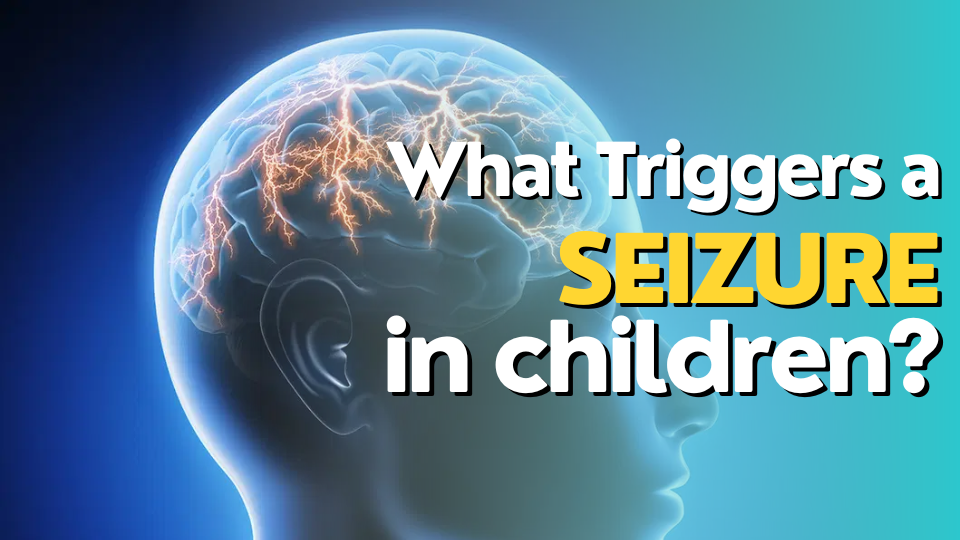


Epilepsy is a neurological disorder that affects millions of people worldwide. It is characterized by seizures, which are sudden, brief changes in the brain’s electrical activity. Seizures can cause a variety of symptoms, ranging from brief periods of unconsciousness to convulsions and muscle spasms. In this blog, we will explore what epilepsy is, the types of epilepsies and their seizure symptoms, various epilepsy syndromes in children, how pediatric epilepsy is diagnosed, and most importantly, what triggers epileptic seizures.
Epilepsy is a chronic neurological disorder that affects the brain’s electrical activity. It is characterized by recurrent seizures that can vary in severity and frequency. There are many different types of seizures, and they can affect people in different ways. Epilepsy can develop at any age, but it most commonly presents in childhood or after the age of 60. It affects about 1% of the population worldwide,
There are many different types of epilepsy, and they are classified based on the type of seizure that occurs. Here are some of the most common types of epilepsy:
Epilepsy syndromes in children are a group of conditions that are characterized by specific types of seizures with a typical age of onset and characteristic EEG patterns. Some of the most common epilepsy syndromes in children include Childhood epilepsy with centrotemporal spikes ( previously known as rolandic epilepsy), childhood absence epilepsy, and juvenile myoclonic epilepsy. These syndromes can have different seizure symptoms and may require different treatments.
Rolandic epilepsy – This type of epilepsy starts in children with nocturnal focal seizures, drooling of saliva, and speech arrest.
Childhood Absence Epilepsy: This type of epilepsy starts in early childhood with multiple staring spells in a day which is mistaken for daydreaming.
Juvenile Myoclonic Epilepsy – This type of epilepsy typically starts in adolescence and involves brief, sudden jerks of the arms or legs. These seizures often occur in the morning and can be triggered by sleep deprivation.
Diagnosing epilepsy can be challenging, as there are many different types of seizures, and some people may not experience seizures during routine testing. However, there are several diagnostic tests that can help identify epilepsy, including:
If you have been diagnosed with epilepsy, there are several things you can do to manage your seizures, including:
In conclusion, epilepsy is a complex neurological disorder that affects millions of people worldwide. There are many different types of epilepsies and they can affect people in different ways. Diagnosing epilepsy can be challenging, but with the right diagnostic tests and medical care, people with epilepsy can manage their seizures and lead normal, healthy lives. It is important to take medication as prescribed, get enough sleep, and avoid triggers that can cause seizures. By understanding the nature of epilepsy and working with healthcare professionals to manage it, people with epilepsy can take control of their condition and live full, active lives.